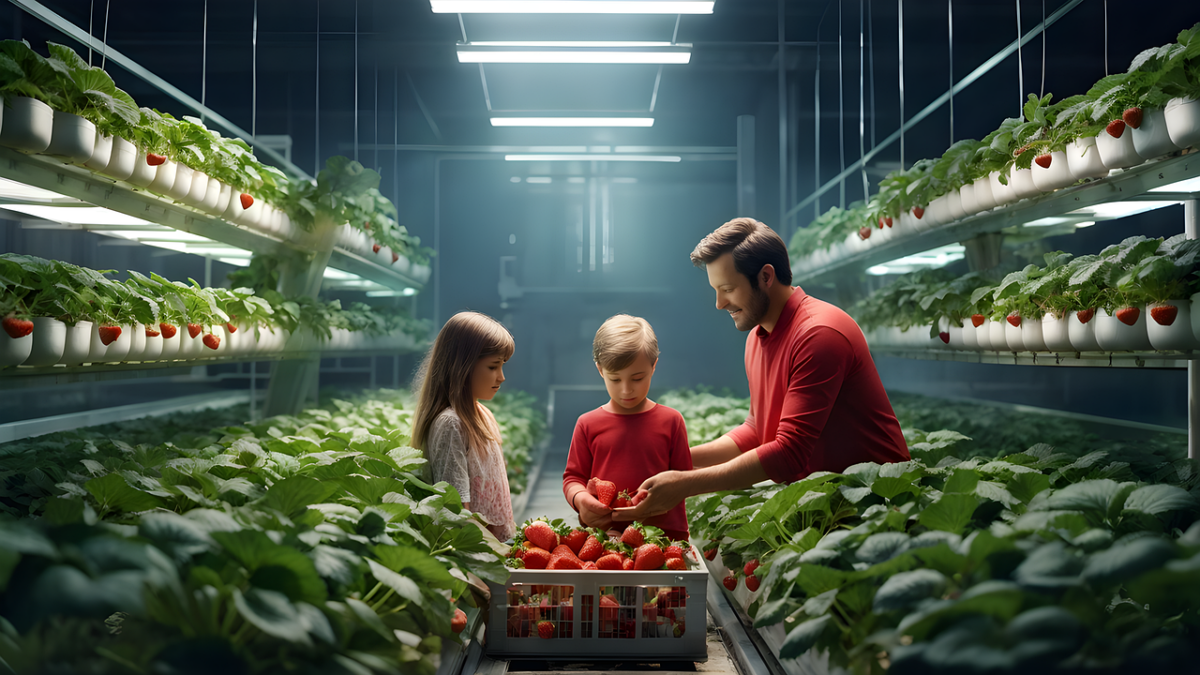Integration of Smart Agriculture and Real-Time Location Systems
2024-07-11

Integrating Smart Agriculture and Real-Time Location Systems (RTLS) can significantly enhance the efficiency and productivity of agriculture. Combining these two technologies enables innovative agricultural management.
Smart Agriculture aims to optimize various agricultural activities using Information and Communication Technology.
Key technologies include drones, sensors, IoT (Internet of Things), big data, AI (Artificial Intelligence), and robotics.
These technologies allow real-time monitoring of soil conditions, weather conditions, and crop health, and analyzing the collected data enables optimal agricultural management.
[Expected Benefits]
Efficiency Improvement: Optimizes resource use (water, fertilizer, energy, etc.) to reduce costs.
Increased Productivity: Enhances yield and quality through precision farming.
Environmental Protection: Minimizes environmental impact for sustainable agriculture.
Integration of Smart Agriculture and RTLS Combining Smart Agriculture with RTLS opens new possibilities for agricultural management. For example, integrating sensors and RTLS allows real-time monitoring of soil conditions in specific areas, and drones can quickly address issues in those areas. Additionally, RTLS can analyze the location and usage patterns of agricultural machinery to maximize maintenance and operational efficiency.
[Expected Benefits]
Precision Farming: Uses RTLS to precisely control and manage agricultural machinery and sensors.
Livestock Management: Monitors the location and health status of livestock in real-time to prevent and treat diseases.
Data Analysis: Optimizes agricultural activities and builds predictive models based on data collected by RTLS.
Smart Agriculture and RTLS each have great potential on their own, but integrating them creates even greater synergy. This integrated approach revolutionizes the future of agriculture, enabling better harvests and sustainable development.
태그
AIAIOTGEOPLANICTRTLSSMARTFARMUWBUWBTECHNOLOGY
News&Blog

